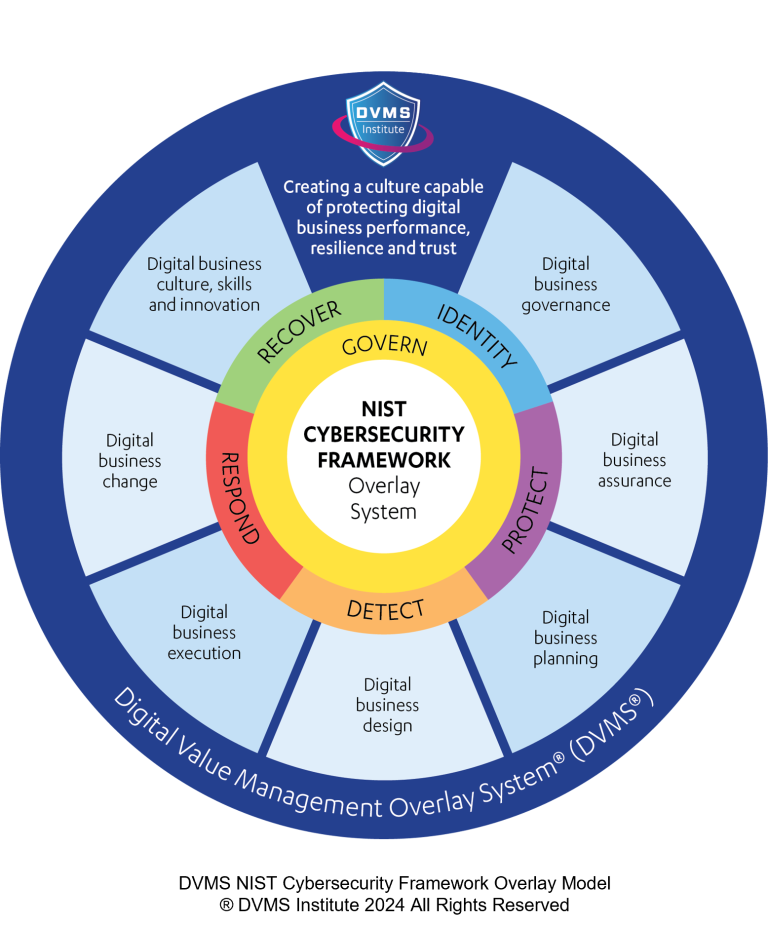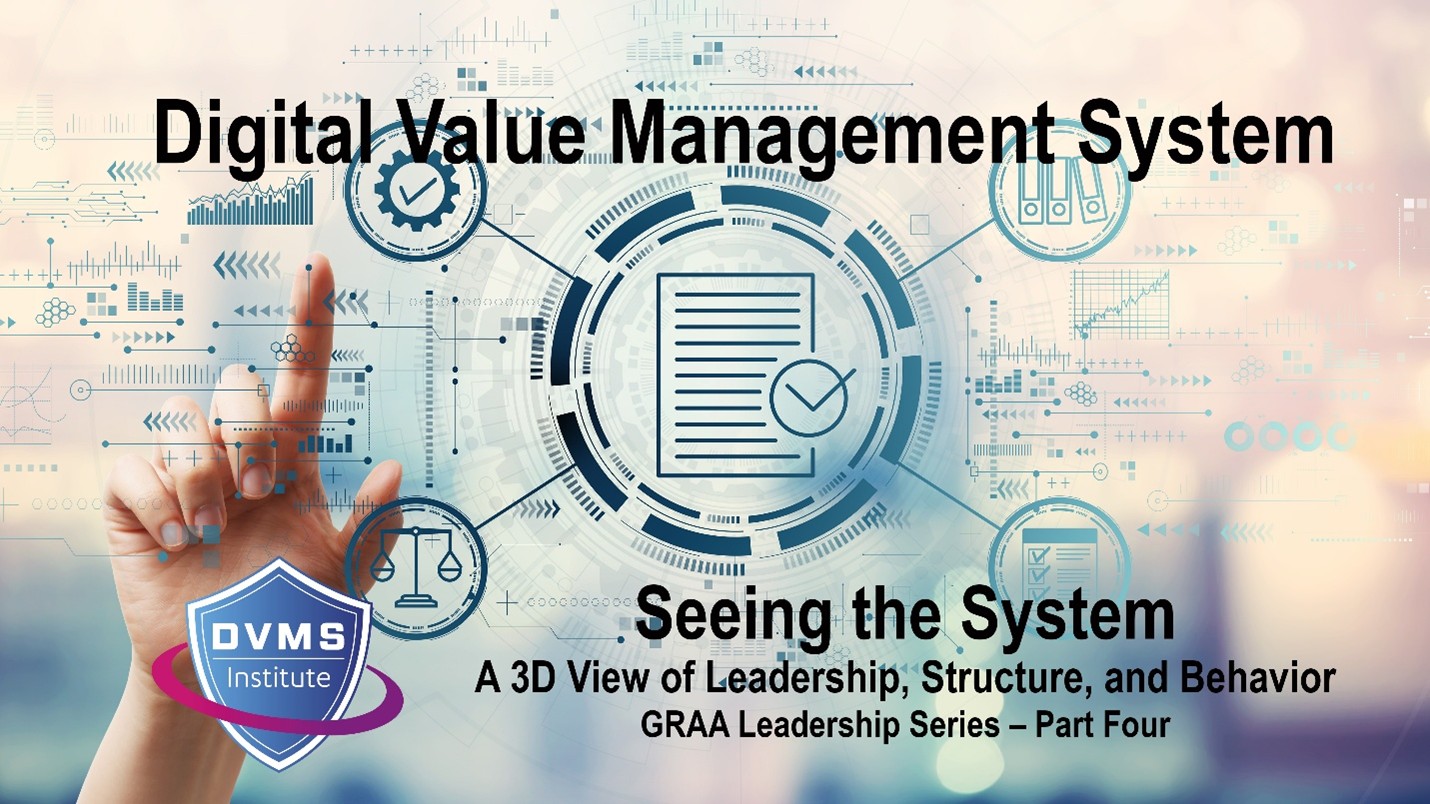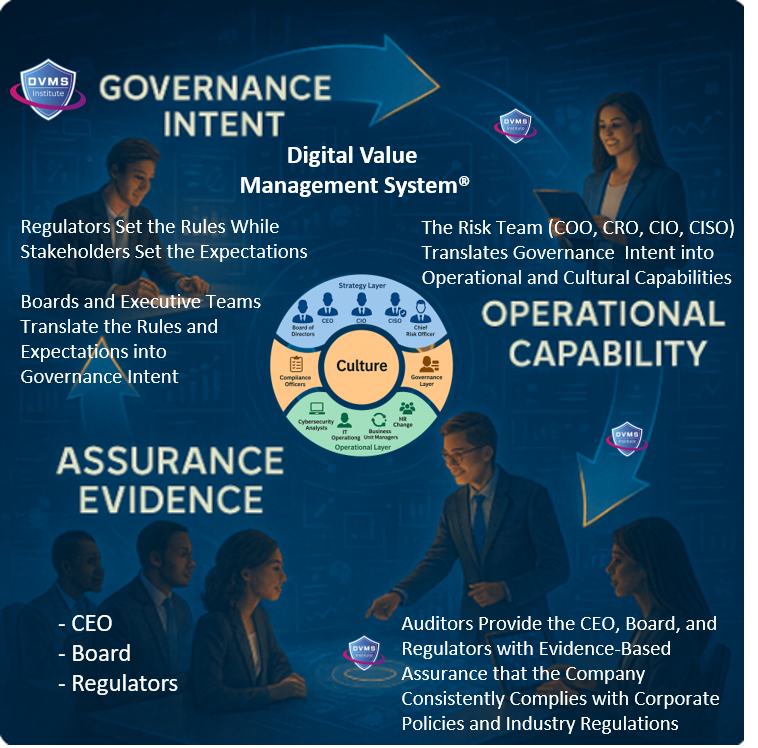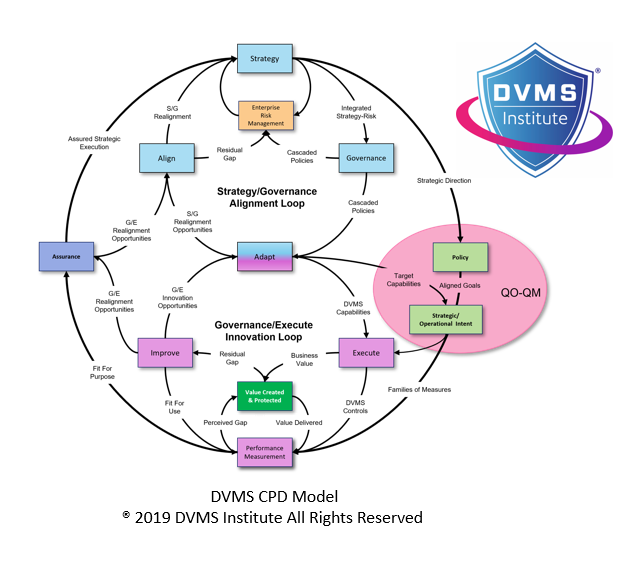Five Steps to Mitigate Organizational Cyber Risk
Rick Lemieux – Co-Founder and Chief Product Officer of the DVMS Institute
Organizations unveil grand strategies and meticulously crafted blueprints for success. Yet, amidst the fanfare of vision statements and market analyses, Peter Drucker’s timeless adage whispers a crucial truth: “Culture eats strategy for breakfast.” Though deceptively simple, these five words provide a stark warning: no matter how superb the strategy, it can be undermined by the invisible force of culture and the organizational structures that underpin it. These structures include People, Processes, Technologies, Organizational Structures (Silos), and Leadership capabilities.
Just as a spider diligently constructs its web, thread by thread, culture and its underpinning systems quietly bind organizational values, behaviors, and beliefs together. This intricate network, often invisible to the naked eye, exerts a powerful influence on every facet of the organization, from collaboration and innovation to decision-making and engagement.
The five steps below list the actions organizations of any size, scale, or complexity must take to mitigate their cyber risks and protect their digital business performance, resilience, and client trust.
Step #1 – People
- Prioritize cybersecurity awareness training: Regular and engaging training to teach employees the fundamentals of digital business, its risks, the NIST Cybersecurity Framework, and their role in mitigating digital business risk
- Foster a security-conscious culture: Encourage a mindset where cybersecurity is everyone’s responsibility.
- Implement robust employee onboarding and offboarding procedures: Ensure proper access controls and data handling practices.
Step #2 – Processes
- Conduct regular risk assessments: Identify vulnerabilities and prioritize mitigation efforts.
- Develop and test incident response plans: Ensure a coordinated and effective response to cyber incidents.
- Establish a robust governance framework: Define roles, responsibilities, and accountability for cybersecurity.
Step #3 – Technologies
- Invest in advanced security solutions: Employ firewalls, intrusion detection systems, endpoint protection, and other tools.
- Implement strong access controls: Limit access to sensitive data and systems based on the principle of least privilege.
- Maintain up-to-date software and patches: Reduce vulnerabilities by staying current with security updates.
Step #4 – Organizational Structures (Silos)
- Break down silos: Foster collaboration between IT, HR, operations, and other departments.
- Centralize cybersecurity leadership: Establish a transparent chain of command for decision-making and accountability.
- Promote a shared responsibility model: Ensure cybersecurity is integrated into all business processes.
Step #5 – Leadership Capabilities
- Demonstrate strong leadership commitment: Communicate the importance of cybersecurity and allocate necessary resources.
- Develop a cybersecurity strategy aligned with business objectives: Ensure security supports organizational and cultural goals.
- Measure and report on cybersecurity performance: Track key metrics and use data to inform decision-making.
About the Author

Rick Lemieux
Co-Founder and Chief Product Officer of the DVMS Institute
The DVMS Institute teaches organizations of any size, scale, or complexity an affordable approach to mitigating cyber risk to protect digital business performance, resilience, and trust.
Rick has 40+ years of passion and experience creating solutions to give organizations a competitive edge in their service markets. In 2015, Rick was identified as one of the top five IT Entrepreneurs in the State of Rhode Island by the TECH 10 awards for developing innovative training and mentoring solutions for boards, senior executives, and operational stakeholders.
® DVMS Institute 2024 All Rights Reserved




